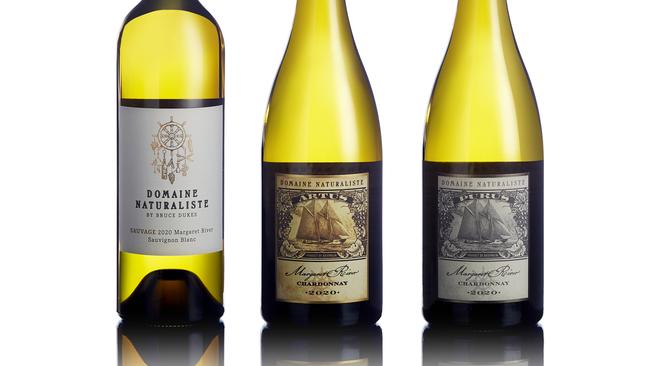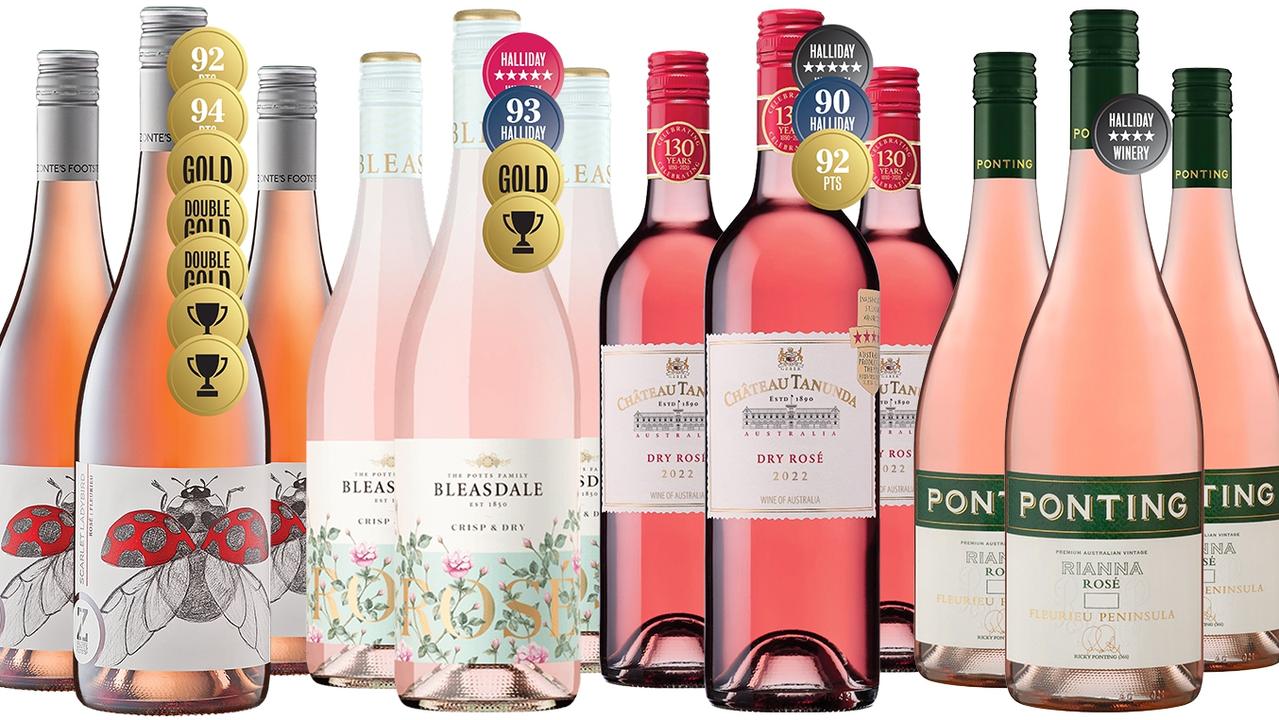Chardonnay: differing schools of thought
These chardonnays demonstrate contrasting models of the variety that are championed by deep-thinking, experienced winemakers.

Each of the wines featured this week has a story to tell. The chardonnays are examples of the contrasting models of the variety that are championed in word and deed by deep-thinking, intelligent and experienced winemakers. At the risk of providing caricatures of the two schools’ different beliefs and practices, the first believes the winemaker’s thumbprint should barely, if at all, emerge in the finished chardonnay. The other takes the view that the juice is akin to a blank canvas that comes to life as the artist proceeds to create a painting. The former school requires discipline, attention to detail and an understanding of the limitations of the incoming grapes. Doing nothing can be difficult.
While the work in progress may be complex, the equally difficult challenge may be the time and extent of interventions. Thus the 2020 Domaine Naturaliste Artus Chardonnay is estate-grown on a 21ha vineyard planted with the gingin clone in the heart of Wilyabrup 20-plus years ago. The grapes were whole bunch-pressed but the juice wasn’t clarified, and the wine was wild fermented. It’s funky (in the best sense) yet the glory of the gingin clone and its Wilyabrup parentage are all laid out for a sumptuous feast of marron.
Winemaker Bruce Dukes says the 2020 Purus Chardonnay is “a translation of [the] pristine flavours, textures and climate of southern Margaret River chardonnay into wine”. He has achieved this by fermenting star-bright juice and preventing any mlf. The climate of the Karridale district is strongly influenced by the Southern Ocean, and the Dijon clones 76 and 95 have a unique taste spectrum.
The 2020 Sauvage Sauvignon Blanc, also from Karridale, joins forces with Flowstone Wines’ Queen of the Earth Sauvignon Blanc, Geoff Weaver’s Ferus and the late Didier Dagueneau of France’s Loire Valley. All four make sauvignon blanc far removed from the usual, straight-laced version.
2020 Domaine Naturaliste Sauvage Margaret River Sauvignon Blanc
A great vintage for Margaret River white wines. Barrel fermented in French puncheons (33% new), but that is not the only winemaking input, some enriching use of solids also in play. It’s complex, and in a lineage that will ensure the wine has a healthy life ahead. 13% alc, screwcap 96 points, drink to 2030, $33
2020 Domaine Naturaliste Artus Margaret River Chardonnay
Whole bunch-pressed, fermented and matured in French oak (40% new) for 10 months. Cloudy juice ex whole bunch pre ferment, mlf, and the gingin clone all help create a wine of stellar complexity and length. 13.5% alc, screwcap 97 points, drink to 2029, $53
2020 Domaine Naturaliste Purus Margaret River Chardonnay
Dijon clones 76 and 95 hand-picked and whole bunch-pressed, the juice settled clear before wild fermentation in French barriques (40% new), mlf prevented. The wine is riveting with its incisive flavours of grapefruit, pear and Granny Smith apple, sparkling acidity another vector. 12.5% alc, screwcap 98 points, drink to 2030, $53


